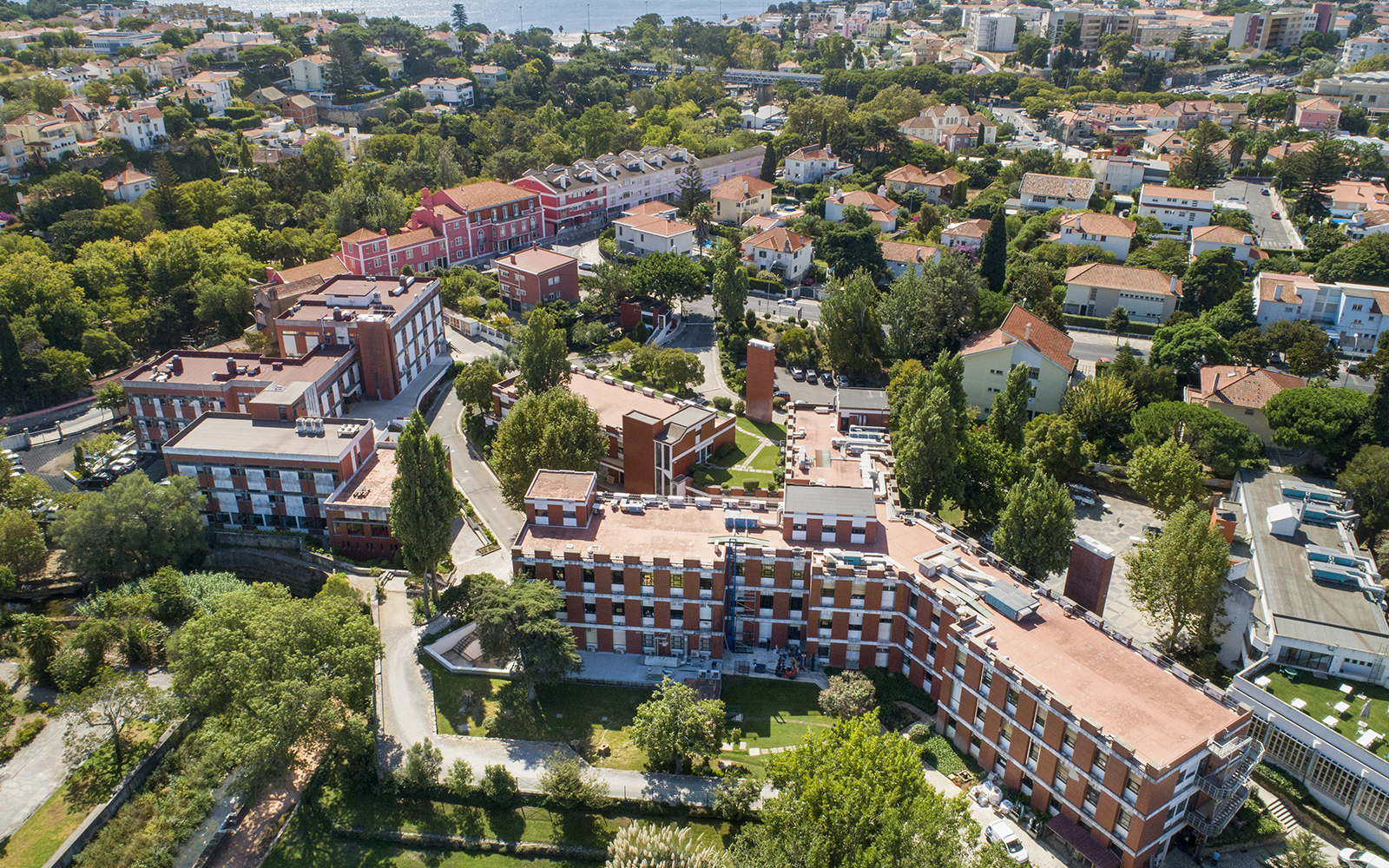Slider de Eventos
Data
- / Cancelado / Esgotado
Defesa de Tese
Pode consultar o resumo desta defesa de tese em inglês.
Speaker: Sónia Alexandra Gomes Pereira
Host: IBB2016, Mónica Bettencourt-Dias and Jörg Becker
Title: De novo centriole biogenesis during spermatogenesis in the model bryophyte Physcomitrium patens
Fellowship: PD/BD/114350/2016
Jury President: - TBD;
Members of the Jury:
- Tim Stearns, Stanford University, Professor – main jury member
- Magdalena Bezanilla, Dartmouth College, Professor – main jury member;
- Ben Engel, Technical University of Munich, Principal Investigator – jury member;
- Susana Lopes, Chronic Diseases Research Centre (CEDOC), Principal investigator – jury member;
- Mónica Bettencourt-Dias, Instituto Gulbenkian de Ciência – supervisor.
Abstract:
Centrioles play dual roles within Eukaryotic cells, being a key component of the main microtubule-organizing center of animal cells - the centrosome, and serving as basal bodies for cilia/flagella assembly. Due to their critical functions, centriole biogenesis is tightly regulated in time, space and number.
In many eukaryotes, one centriole (daughter) assembles in close proximity to a pre-existing one (its mother), once per cell cycle. Such mechanism for centriole assembly is known as centriole duplication, and is thought to represent the ancestral pathway for centriole biogenesis. However, centrioles also assemble de novo in many cell types, tissues and species, with particular pathways and structures being employed to achieve such goal. For example, in land plants with motile sperm cells, centrioles assemble de novo via two almost-exclusive structures: bicentrioles (e.g. bryophytes), or blepharoplasts (e.g. Ginkgo biloba). Nevertheless, and contrasting with centriole duplication, the mechanisms regulating de novo centriole biogenesis remain largely unknown. This is partially due to the lack of amenable model organisms and tools to tackle such processes. Still, this unexplored diversity is critical to understanding centrioles’ assembly, evolution and functions.
During my PhD, I aimed at understanding de novo centriole assembly in the model bryophyte Physcomitrium patens (P. patens). I started by developing the required protocols for high-resolution imaging of P. patens sexual reproduction (Chapter 2). Such tools can easily be adapted for other processes and species, providing valuable resources to a broader community.
Then, combining transmission electron microscopy and tomography, I characterized the bicentriole-mediated de novo centriole biogenesis in P. patens with unprecedented detail (Chapter 3). These bicentrioles are composed of two similar centrioles with opposite polarities, connected by a seemingly continuous cartwheel. Several microtubules emanate from these bicentrioles, suggesting they might assemble from, or act as, microtubule organizing centers. Additionally, I also revealed that the two sister centrioles mature asymmetrically, containing naked cartwheel regions and microtubule triplets of distinct lengths. Moreover, the length of the microtubule triplets was also found to vary within the same centriole. However, the surprising structural asymmetries identified do not appear to constrain ciliary beating, with both cilia being able to beat asynchronously, as well as synchronously.
In this work, I also set out to add the first molecular data to this unique pathway for centriole biogenesis, by investigating the localization and functions of known centriolar components conserved throughout the vast majority of ciliated eukaryotes (Chapter 4). This confirmed the structural asymmetries between both sister centrioles, further revealing the assembly of two bicentrioles in the sperm mother cell, that localize at the mitotic spindle poles. Functional characterization of such components reinforced the idea of a common molecular pathway for centriole biogenesis, relying on SAS6 cartwheel’s rings stabilized by Cep135/Bld10, which enables cartwheel-microtubule attachment. Finally, POC1 and SAS4 are likely to be involved in the assembly of the centriolar wall, although only POC1 appears to play a critical role in this process, in contrast to what is known for several animal species where CPAP/SAS4 is key for centriole assembly.
Finally (Chapter 5), I discuss how this work provides new insights into de novo centriole assembly and maturation, reinforcing the idea that these processes are less constrained than previously thought, with the same molecular components leading to diverse structural features. My work also highlights the relevance of exploring fundamental processes in distinct species, particularly as more tools become available.
ORADOR
Sónia Alexandra Gomes Pereira
Instituto Gulbenkian de Ciência
